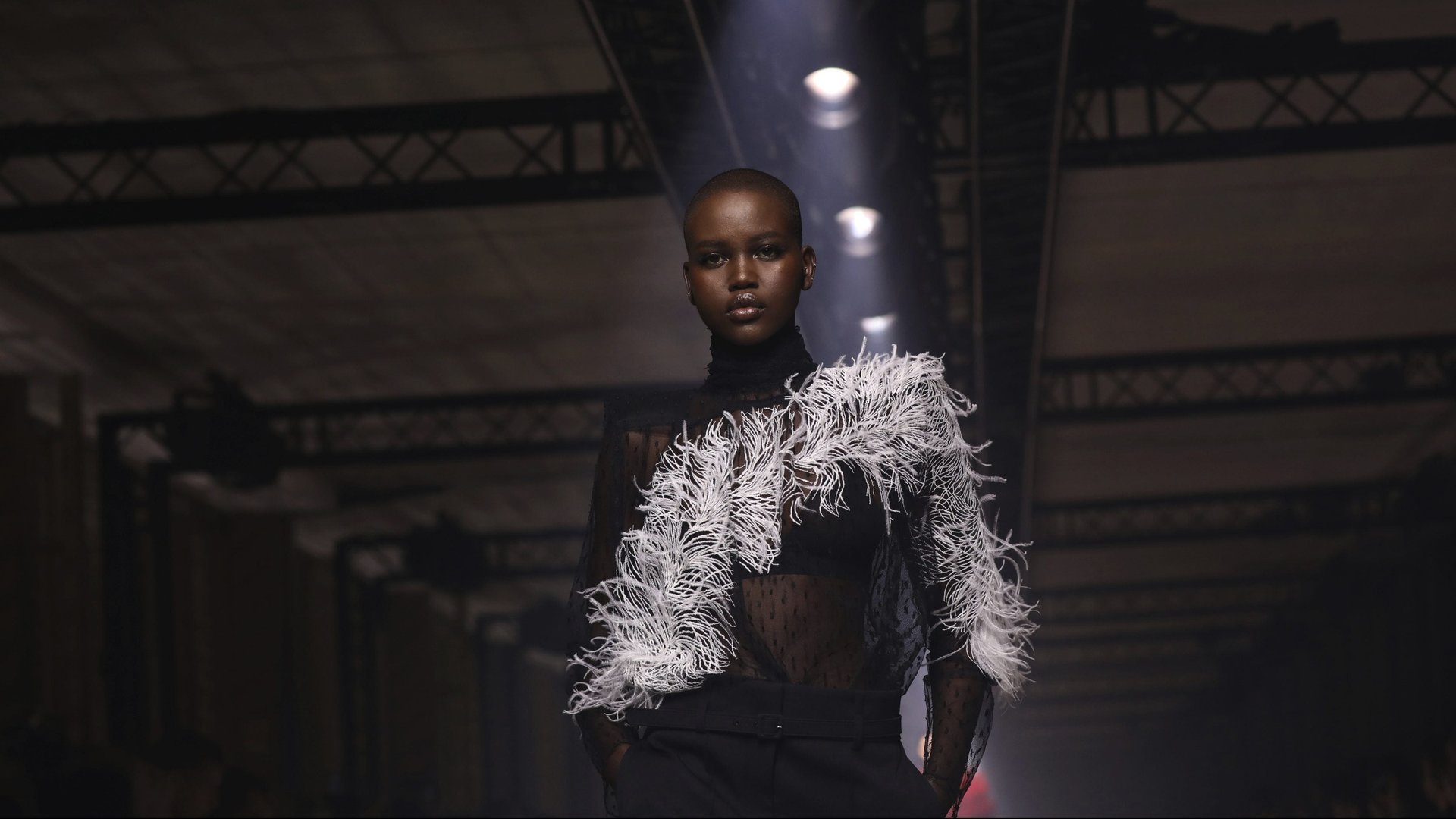Creative directors in luxury fashion have a five-year expiration date
On June 16, Matthew Williams, whose fashion line, 1017 ALYX 9SM, has made him a rising star in the industry, officially became the new creative director of Givenchy, the French label owned by luxury giant LVMH. If history is any indication, profits should grow under his tenure until peaking about four to five years in, at which point their growth will start to fall.


On June 16, Matthew Williams, whose fashion line, 1017 ALYX 9SM, has made him a rising star in the industry, officially became the new creative director of Givenchy, the French label owned by luxury giant LVMH. If history is any indication, profits should grow under his tenure until peaking about four to five years in, at which point their growth will start to fall.
At least that’s the pattern investment firm Bernstein found when looking at the past performance of big luxury companies under more than a dozen different creative directors. In addition to profitability, it analyzed company share prices and their enterprise value—a measure of a company’s total value that includes its debts and cash on hand—in relation to sales. “Five years seems the ‘expiry date’ of successful creative directors,” the company said in a research note yesterday. After that point, the financial measures it analyzed declined.
Creative directors are responsible for defining the public image of a brand, from overseeing design of the products it sells through guiding the look and feel of its marketing and stores. Like all creative talents, they have a signature style, and even if they continue to innovate within it, the fashion they design tends to repeat itself. According to Bernstein, that’s a problem in an industry where novelty fuels sales. “New consumers and the digital revolution are converging to make innovation indispensable,” it noted. “New creative talent at the top has been a necessary—albeit not sufficient—ingredient of all recent major brand turnarounds.”
There are arguably some limits on the findings. To start with, the sample isn’t very large. The data in the chart above, for instance, derives from company results under 18 creative directors. Some creative directors are also just more or less commercially successful than others, whatever their tenure. Givenchy’s previous creative chief, Clare Waight Keller, departed after three years at the label. A fourth or fifth probably wouldn’t have helped.
Also, while most luxury fashion companies make their money from leather goods, accessories, and other items besides clothing, their dependence on each category can vary, as can their reliance on new seasonal items versus established staples. Companies such as Hermès and Louis Vuitton, which have a steady stream of customers for their core products, have a bit more cushion when it comes to their creative directors.
But the underlying point—that after a while, a new creative director may be necessary to boost sales again—has been evident of late, where a game of musical chairs has taken place the among creative heads as companies seek refreshes. In recent years Dior has appointed new artistic heads of its women’s and men’s lines and Louis Vuitton has hired a new men’s director. In 2018 Burberry found a new head designer, as did Bottega Veneta. Saint Laurent has had two creative directors in the past eight years.
Meanwhile, Gucci, which saw a dramatic rise after installing a new creative director in 2015, is coming due for some new ideas as its sales growth slows, though its highly successful artistic head, Alessandro Michele, isn’t set to leave anytime soon.
There is at least one role in luxury where longevity rules: Bernstein found the longer a company’s CEO was in office, the greater its profitability and enterprise value.